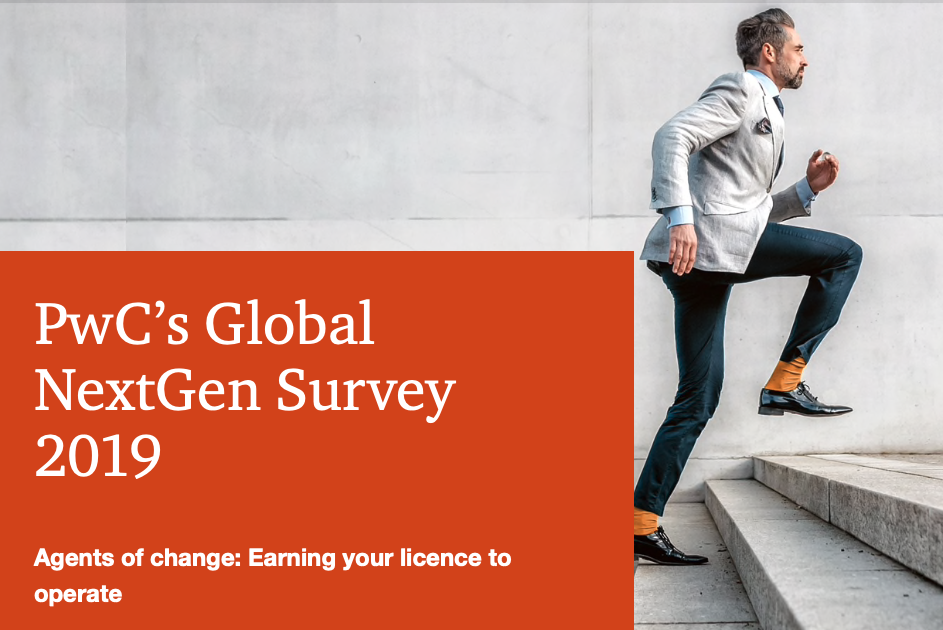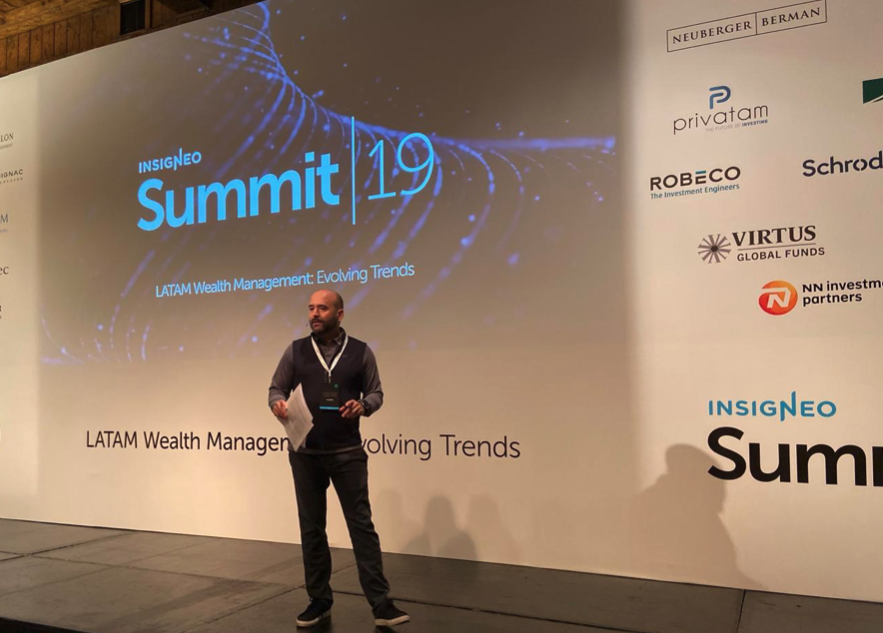Matt Tagliani (Invesco): “Los ETFs seguirán creciendo exponencialmente en los próximos años gracias a su eficiencia y liquidez”
| Por IreneValiente | 0 Comentarios

Los ETFs han registrado un crecimiento exponencial en los últimos años hasta alcanzar en la actualidad los 6 billones de dólares en activos bajo gestión. En una conferencia celebrada en Londres con el título “ETFs – por qué marcan la diferencia”, el director de estrategia de producto ETF en Invesco, Matt Tagliani, afirmó que este incremento se ha acelerado en el último lustro, con un 15% anual, e hizo hincapié en que “se trata de una tendencia global”, que atrae a los inversores por sus ventajas de eficiencia, transparencia, liquidez e innovación y seguirá haciéndolo en los próximos años.
Como representante de una gestora que cuenta con 250.000 millones de dólares en ETFs a nivel global, Tagliani destacó que el creciente interés por esta herramienta se debe a que está capturando una gran proporción de activos pasivos. “Quienes antes eran propietarios de un fondo de inversión tradicional han trasladado sus valores hacia los ETFs”, dijo. Entre los ETFs domiciliados en Europa, actualmente, el 63% corresponden a renta variable y el 27% a renta fija, un porcentaje que, en su opinión, crecerá más rápidamente a partir de ahora, debido al giro que está habiendo por parte de los inversores hacia esa clase de activo.

Para él, ese aumento del interés por los ETFs se debe a cuatro características clave. La primera es la eficiencia que ofrece la estructura de esta herramienta, gracias, por ejemplo, a la reducida retención de impuestos del 15% a la que está sujeta en Estados Unidos, frente al 30% habitual. A nivel operacional, todos los costes asociados a entradas y salidas impactan únicamente al inversor que entra o sale, no a cada integrante del fondo. Además, “los ETFs sintéticos pueden capturar hasta el 100% de los dividendos estadounidenses en determinados índices y no suelen pagar impuestos de transacción en países como Francia, Irlanda o Italia”, aseguró.
La segunda característica destacada por Tagliani es su transparencia. “Ahora hay una obsesión por ella por parte de clientes y reguladores, pero los ETFs no podrían existir sin transparencia, forma parte del propio ecosistema en el que se negocian”, reveló. En ese sentido, dijo que se trata de un componente “esencial” porque inversores, creadores de mercado y los participantes autorizados (bancos, por ejemplo) deben coincidir en el valor de los activos, ya que cada ETF debe aportar al mercado un informe diario sobre los valores exactos con los que cuenta.
El tercer factor de ese éxito reciente es la innovación, ya que los ETFs han sido el punto central para el desarrollo de estrategias pasivas. En el área de smart beta, los ETFs y la inversión por factores hacen que conceptos como los dividendos, el valor o el crecimiento, que han sido utilizados por los gestores activos durante décadas, sean más precisos y transparentes a través de una metodología. “Esta idea de innovar en ETFs a través del smart beta es central en nuestra estrategia, de ahí que en 2014 lanzaremos el primer ETF multifactor y este año uno gestionado de manera activa”, destacó Tagliani.
Por último, hizo especial hincapié en la ventaja de liquidez que ofrecen los ETFs, gracias a que, a diferencia de lo que ocurre con un fondo tradicional, aquí el inversor final no contacta directamente con el fondo, sino que hay creadores de mercado involucrados, que tienen distintas opciones a la hora de operar con sus activos. Pueden venderlos individualmente, buscar compradores de un fondo, o encontrar coberturas de compensación en el mercado, por ejemplo, vendiendo futuros, que son “infinitamente líquidos”.
Esto revela que los ETFs “tienen una reserva de liquidez que permite contar con un foco más amplio hacia una clase de activo”, ya que, según Tagliani, facilitan esa idea de capturar liquidez tanto a nivel top-down (macroeconómico) como bottom-up.
“Todos estos factores están moviendo a los inversores hacia los ETFs, un mercado que ha pasado de 3 a 6 billones de dólares en activos bajo gestión en la última década y que esperamos que continúe a un ritmo similar durante los próximos años”, sentenció.











